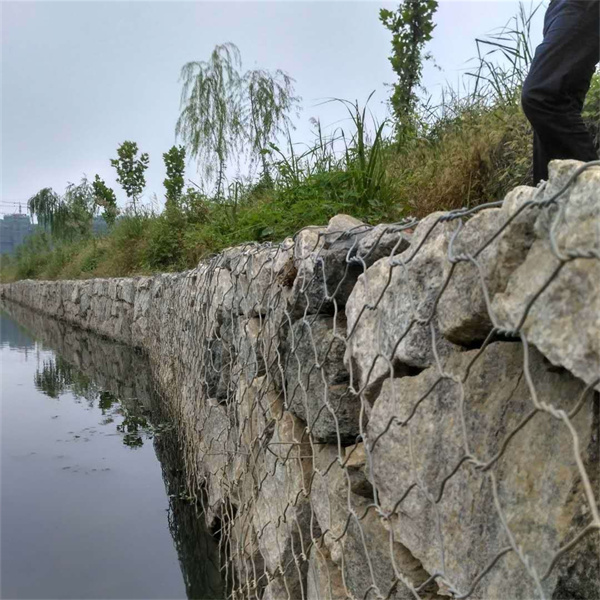Nov . 06, 2024 23:49 Back to list
gabion border
The Gabion Border A Sustainable Solution for Modern Landscapes
In the realm of landscape architecture and environmental management, the gabion border represents a unique and effective solution for demarcating spaces while enhancing ecological stability. Gabions, wire mesh baskets filled with stones or other materials, have been used for centuries in various applications, from erosion control to riverbank stabilization. In recent years, their use as decorative borders in gardens, parks, and public spaces has gained popularity due to their aesthetic versatility and environmental benefits.
One of the primary advantages of using gabions as borders is their ability to blend seamlessly into natural landscapes. Unlike traditional fencing materials, such as wood or plastic, gabions can be filled with locally sourced stones, allowing them to harmonize with the surrounding environment. This not only creates a visually appealing solution but also supports local geology and biodiversity. By utilizing natural materials, landscape architects can promote a more sustainable approach to landscape design, reducing the carbon footprint associated with transporting manufactured goods.
Moreover, gabions possess a functional capability that traditional borders lack. Their porous structure allows for water drainage, reducing the risk of erosion and water pooling in the landscape. This characteristic makes them especially beneficial in areas prone to heavy rainfall or flooding, providing stability to soil while promoting healthy drainage patterns. By preventing soil erosion, gabion borders contribute to the overall health of the ecosystem, preserving native plant species and maintaining local wildlife habitats.
gabion border

In addition to their practical benefits, gabion borders are also remarkably adaptable
. They can be constructed in various shapes and sizes to fit specific design needs, from low, elegant partitions to towering walls that can effectively block noise or wind. Furthermore, the choice of filling materials is virtually limitless. Designers can opt for different types of stones, recycled materials, or even glass, allowing for creative expressions that reflect the values and aesthetics of the space they inhabit.Another significant advantage of gabion borders is their low maintenance requirements. Unlike wood fencing, which can rot or warp over time, gabion structures can endure harsh weather conditions without deteriorating. This durability ensures that the investment in a gabion border pays off over the years, providing a long-lasting solution with minimal upkeep.
As the world becomes increasingly aware of environmental challenges and the need for sustainable practices, the gabion border stands out as a forward-thinking option for landscape design. By combining functionality with ecological consideration, gabions provide a way for communities to define their spaces while respecting and enhancing the natural environment. As urban areas expand and green spaces become more cherished, the implementation of gabion borders may well play a pivotal role in shaping modern landscapes.
In conclusion, the gabion border symbolizes a blend of tradition and innovation in landscape architecture. With their numerous benefits, including sustainability, adaptability, and low maintenance, they offer a compelling solution for both private and public spaces. Embracing gabions as a design element not only enhances the beauty of a landscape but also contributes to the health of the ecosystem, making them an ideal choice for the environmentally conscious designer of today.
-
Transform Your Outdoor Space with Gabion Fences
NewsApr.01,2025
-
The Versatility of Gabion Baskets for Your Projects
NewsApr.01,2025
-
The Importance of a Protective Net Sleeve for Your Valuable Investments
NewsApr.01,2025
-
The Benefits of Gabion Walls for Your Next Project
NewsApr.01,2025
-
Gabion Baskets
NewsApr.01,2025
-
Discover The Benefits of Protective Nets
NewsApr.01,2025
-
The Essential Guide to Gabion Supplies
NewsMar.12,2025






